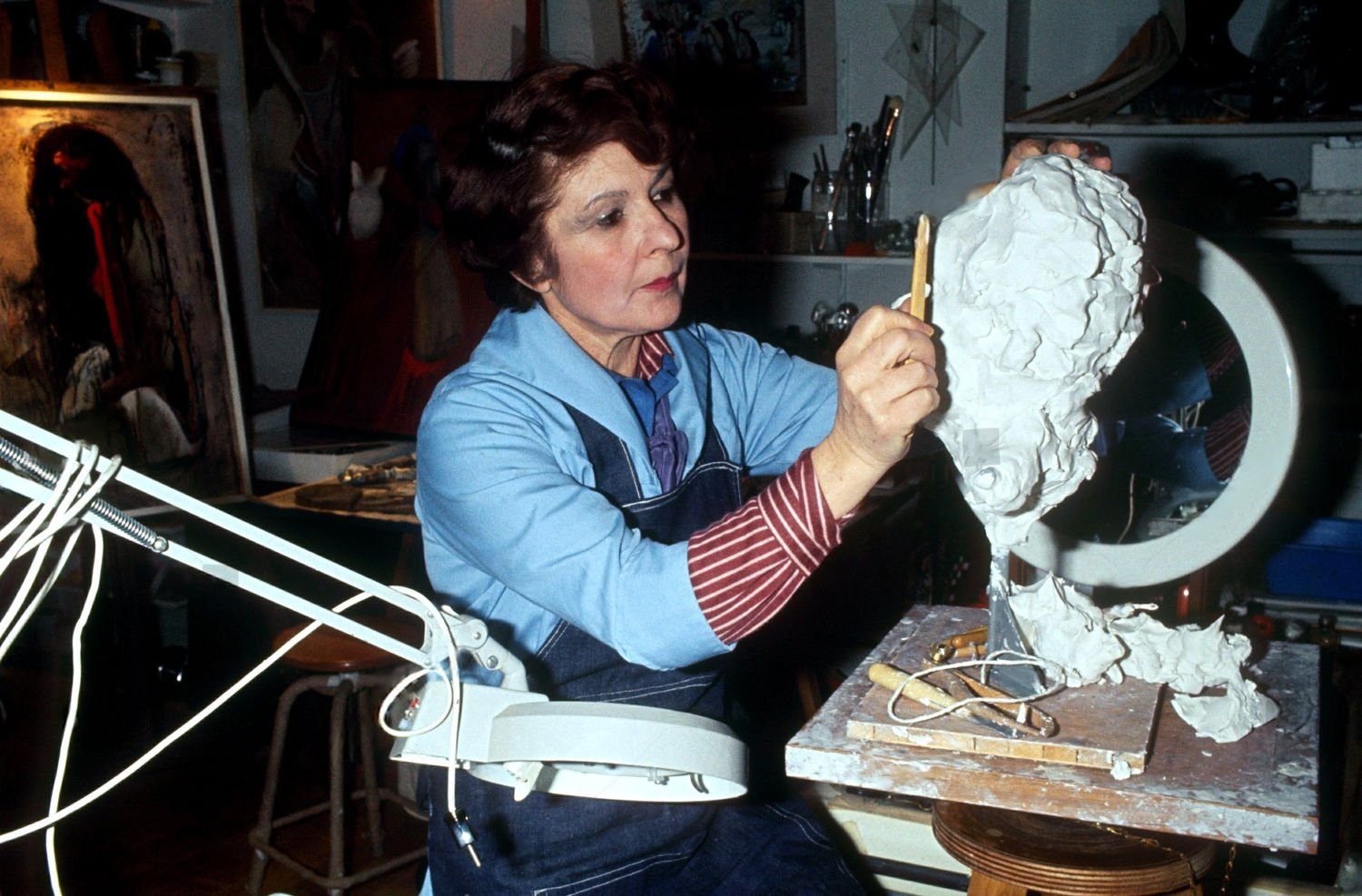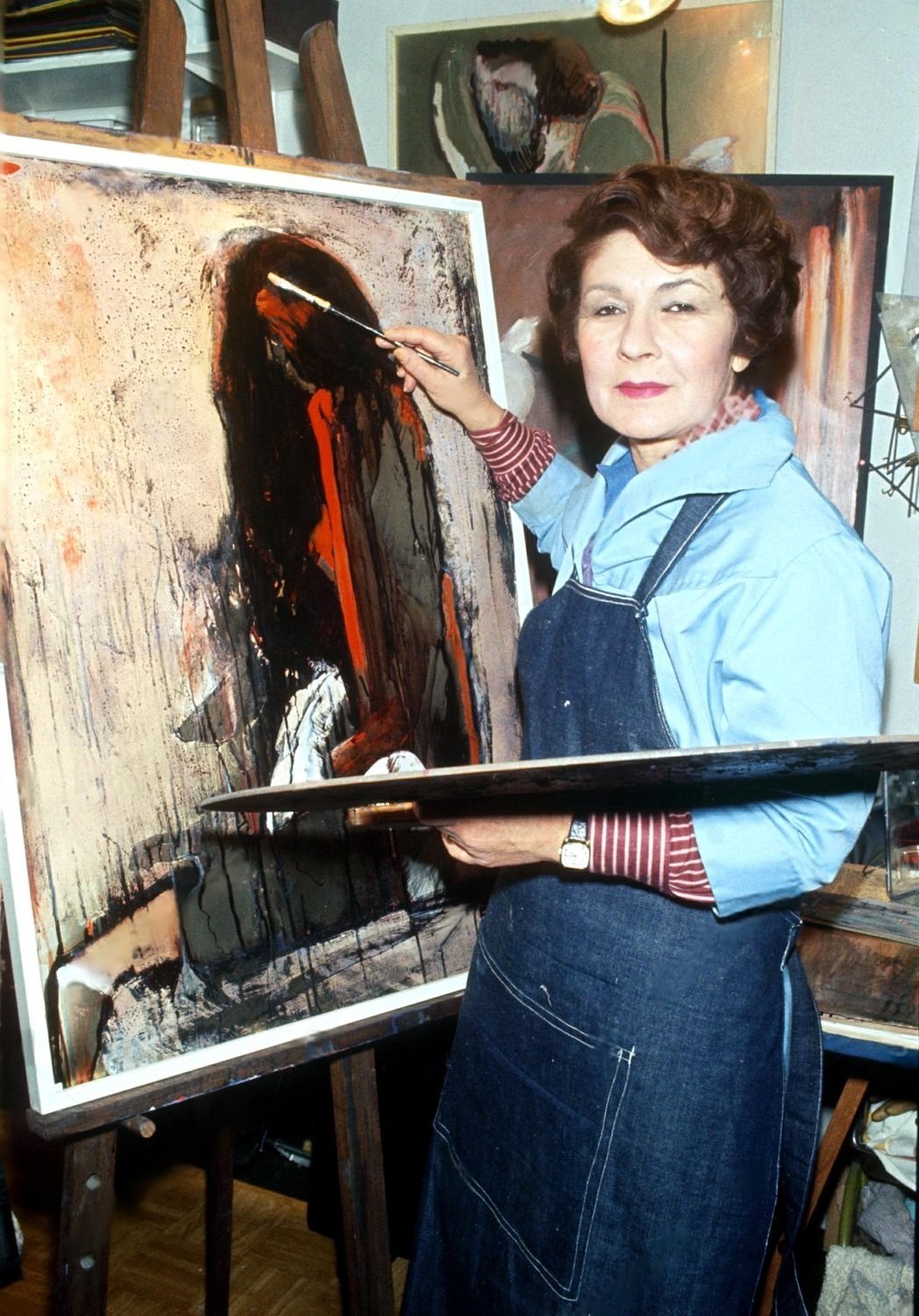LESSONS LEARNED On Becoming
Some figures, real or imagined, surpass the roles, titles and labels they were assigned. Their stories, whether told through their lives, art, or the worlds they created, inspire and connect us across cultures and generations.
Lessons Learned is an ongoing series that explores remarkable subjects: Artists and iconic works of art that have shaped our understanding of creativity, identity, and the human experience. This series celebrates their enduring influence, examining how they have transformed perspectives and crossed divides between east and west. Through these stories and creations, we uncover universal themes and lessons that continue to resonate with audiences today, and reflect on the power of adaptation, innovation, and reinvention, revealing insights that inspire us to see the world and ourselves in new ways.
Queen Farida wearing the Peacock Tiara circa. 1940s
For the first entry, we turn to Queen Farida of Egypt. An artist, a queen, and a woman who navigated the weight of history. Born Safinaz Zulficar in 1921, she stepped into the public eye at just 17, becoming the wife of King Farouk and the first Egyptian queen since Cleopatra to take on a visible public role. Her marriage was a national event, commemorated with Egypt’s first-ever commemorative coin, but it was also a shift in the monarchy’s relationship with the people. Unlike her predecessors, Farida actively participated in charitable work, diplomatic events, and women’s organizations, embodying a modernized royal image.
Yet, history was not in her favor. In 1948, after failing to produce a male heir, she was divorced and spent much of her life in exile. But in leaving behind her title, she found another form of identity, one shaped by art. She exhibited her work across Europe and the U.S. before returning to Cairo in 1974, where she continued painting until her passing in 1988.
Queen Farida’s life was shaped by the tides of history, yet she remained, in many ways, ahead of her time. What lessons can we draw from a queen who was both a symbol of tradition and an agent of change?
From Adversity to Art: Reinventing One’s Own Story
Queen Farida struggled financially after her divorce but found meaning in reinvention. Encouraged by her uncle, the renowned artist Mahmoud Saeed, she returned to painting, a passion she had set aside for royal duties, to support herself.
Queen Farida understood that reinvention is not about abandoning one’s past self but rather having the courage to forge a new path using one’s existing strengths. For her, these included her artistic talent, work ethic and self-possession, all traits of character that allowed her to reclaim her identity after leading a life scripted by others.
A Brush with Destiny: The Lifelong Calling of Art
Queen Farida resisted the downward pull of torment and elevated her perspective to captain changing circumstances with purpose and dignity. Notwithstanding the profound shifts she experienced throughout her life, she remained steadfast in her artistic pursuits. Her art became her true self, her solace and salvation, allowing her to express the breadth of an existence that transformed personal hardship into a chronicle of hope and inspiration. Her story reminds us that while identity is ever-evolving, there is always a true north, a guiding core within us to rely on and return to, if we have the patience and fortitude to see our choices through.
Ex Queen Farida sculpting in her studio circa. 1977
Ex Queen Farida painting in her studio circa. 1977
The Triumph of Identity Over Title
Queen Farida’s decision to relinquish her throne and royal privileges for personal freedom was a watershed moment, not only for her but for women across Egypt. Feminist leader Doria Shafik hailed it as “one of the supreme gestures in the history of the Egyptian woman,” recognizing its profound impact. By stepping away from the constraints of royal expectations, Queen Farida challenged societal norms and trailblazed a broader movement toward women’s empowerment, inspiring countless others to embrace their identities with autonomy and intent.
In a world that often prioritizes status over individuality, Queen Farida’s life is a reminder that true strength lies in the ability to live authentically, free from the weight of imposed roles or expectations.
The Art of Presence: Expression, Influence and Legacy
Queen Farida exemplified grace, resilience, and modernity, using both personal expression and public presence to shape her legacy. Amid personal and political turmoil, she remained composed, earning the admiration of the Egyptian people. As the first Egyptian queen since Cleopatra to hold a visible public role, she symbolized modernization and a shift in women’s social roles She attended functions and received foreign dignitaries, chaired the Red Crescent Society, was Honorary President of the Egyptian Feminist Union and Patron of the Egyptian Girl Guide Company. A fashion icon in her own right, she was the first Egyptian queen photographed in public on her wedding day wearing a silver wedding gown by the House of Worth and gracing the cover of the Middle East’s first fashion magazine. Her style and mannerisms set new standards in the region, influencing fashion and royal presentation for generations.
Rooted in Change: Adapting Across Cultures
Queen Farida’s life was defined by movement, and an ability to plant new roots, then uproot and start again. In 1964, she settled in Lebanon, where she reunited with her children after nearly a decade apart. She relocated to Paris in 1968, immersing herself in a different cultural landscape and focusing on her art. Each move required her to adapt and adjust to new places and circumstances, creating a life beyond the roles she had once held.
In 1974, she returned to Egypt under Anwar Sadat’s presidency, choosing a quieter existence in Cairo until her passing in 1988. Whether in Lebanon, France, or Egypt, she carried her experiences with her, shaping each new phase with what she had learned before.
The Lessons Learned from Queen Farida remind us that identity is not confined to titles, nor is legacy bound by status. Through art, she reclaimed her narrative, proving that true influence lies in presence, not position. Her life, shaped by transformation and conviction, continues to inspire those who seek to define themselves on their own terms. In choosing self over expectation, she left behind not just paintings, but a portrait of courage, independence, and grace.
Explore RASMA Magazine’s curated guides and stories for more insights on art, culture and the artistic lifestyle.



